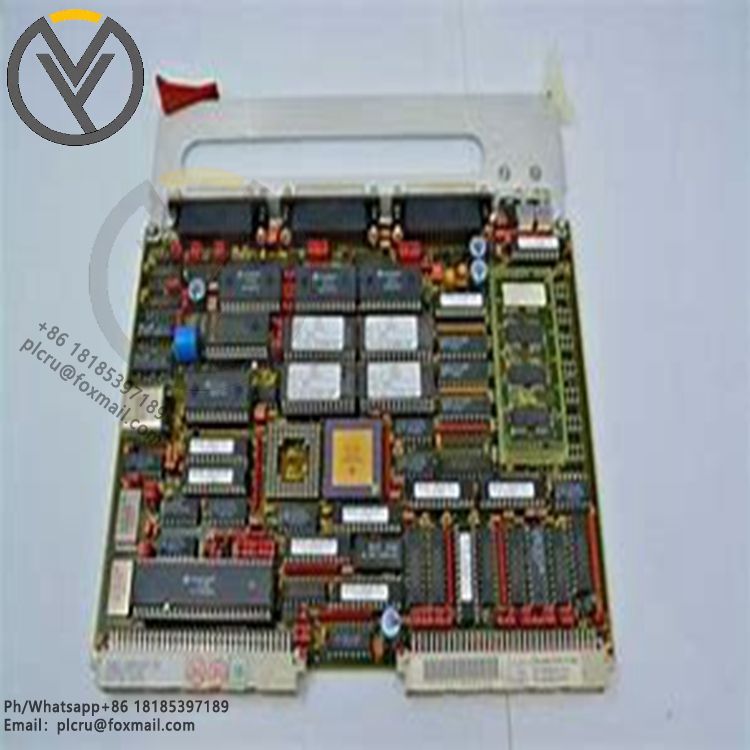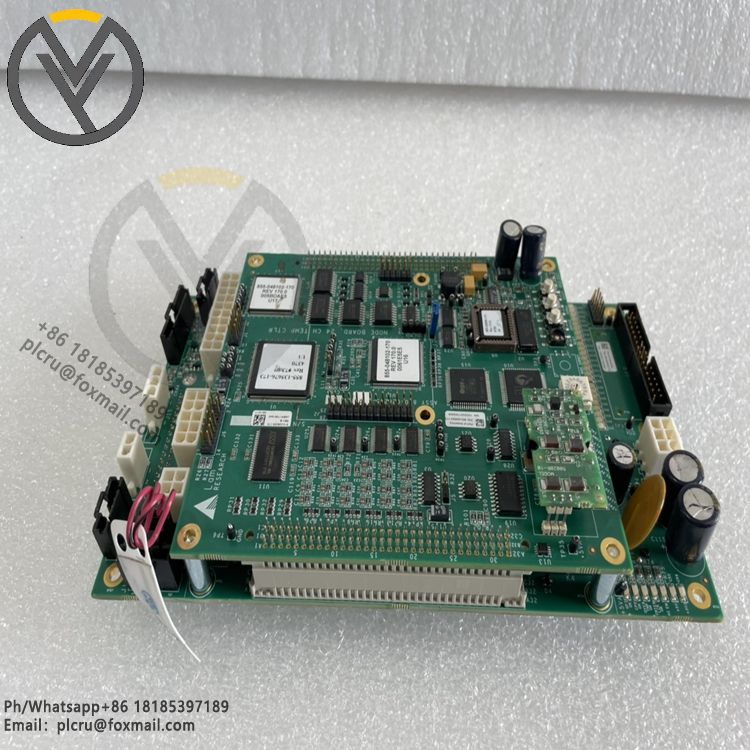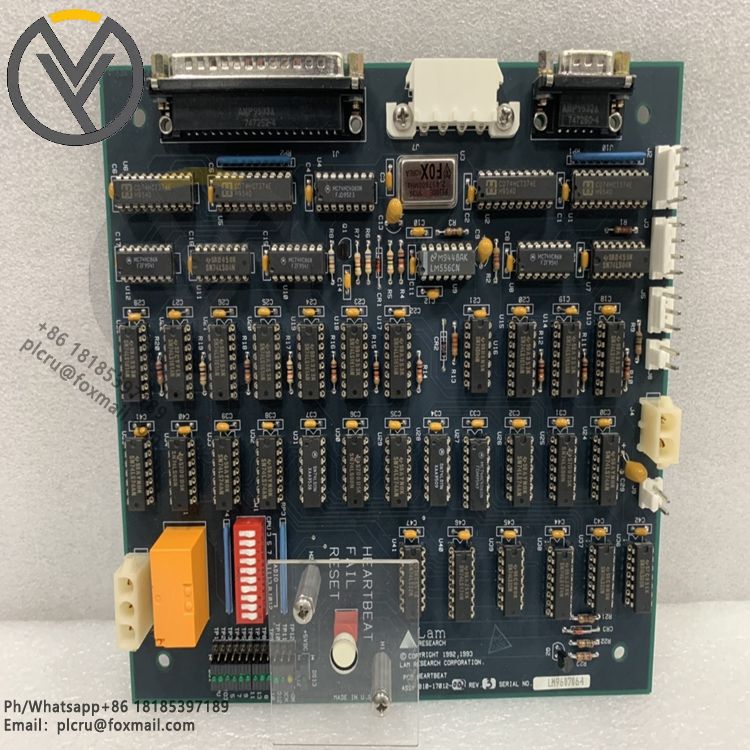
LAM Research 810-800031-345 System module card
Delivery time 3 days
Product origin New/used
Email plcru@foxmail.com
Mobile/wechat /WhatsApp +86 18185397189
LAM Research 810-800031-345 System Module Card is a system component manufacture
LAM Research 810-800031-345 System Module Card is a system component manufactured by LAM Research Corporation and commonly used in semiconductor manufacturing equipment. This system module card has the following features and functions:
Highly integrated: System modules often integrate a large number of electronic components and circuits to achieve specific system functions. This highly integrated design makes the module cards more compact and easy to install and lay out in the device.
Flexibility and scalability: System module cards are often designed with future upgrades and expansions in mind. They may contain configurable interfaces and slots to suit the needs of different devices and applications.
Stability and reliability: Stability and reliability are critical in the semiconductor manufacturing process. LAM Research 810-800031-345 System module cards undergo rigorous quality control and reliability testing to ensure stable operation under a variety of operating conditions.
Data processing capability: The system module card may have powerful data processing capability to process various data from the device, including control signals, status information, fault diagnosis data, etc. This data is essential for monitoring the operating status of equipment, optimizing production processes, and troubleshooting.
Interface with other systems: The system module often interfaces with other systems of the device (such as control systems, diagnostic systems, etc.) to achieve data exchange and sharing. This interface connection may include physical interfaces (such as slots, cables, etc.) and software interfaces (such as apis, communication protocols, etc.).
Diagnosis and troubleshooting: The system module card may have a self-diagnosis function, which can detect its own fault or abnormal status and provide the corresponding diagnostic information. This information is essential to quickly locate and rectify the fault.


![1[1].jpg](/uploads/allimg/20240412/1-240412102Q0I1.jpg)






